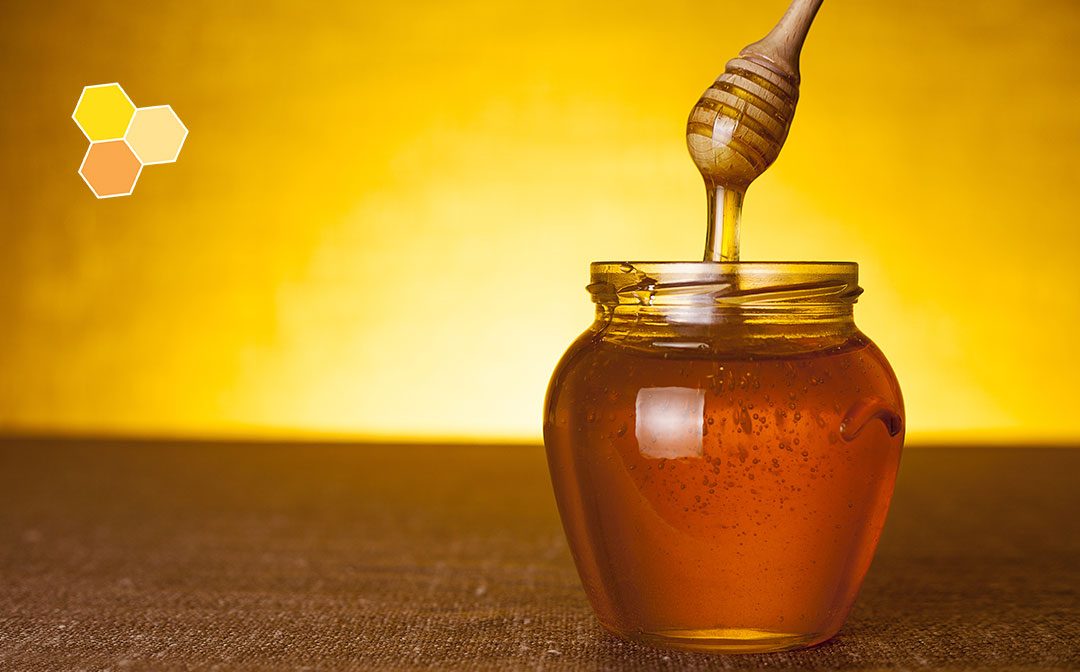The rise in antibiotic resistant bacteria has led to research on other therapeutic options in treatment of wounds. Honey has long been used in wounds to promote healing.
The process of wound healing involves a cascade of events described below (1).
- Hemostatasis stage
This involves formation of a blood clot on the wound to impede bleeding. Blood vessels constrict restricting blood supply to the area. This is followed by adhesion of blood cells called platelets on the severed blood vessels forming a clot. Coagulation sets in by the interlocking of threadlike structures called fibrin into the clot converting into a gel like mass.
- Inflammatory phase
This stage involves the influx of inflammatory cells e.g. white blood cells which remove infectious agents and debris, growth factors and nutrients into the wound setting the stage for new tissue growth. Edema, redness, heat and pain are associated with this stage
- Proliferative stage
This stage involves growth of blood vessels which supply oxygen and nutrients on the wound bed. This promotes growth of granulation tissue which fills up the wound. Collagen produced by cells called fibroblasts aid in wound contraction while epithelial cells cover up the wound through a process called epithelialization. A moist and hydrated environment is required for optimal tissue growth.
- Maturation phase
In this stage the laid out connective tissue in the proliferative stage is reorganized leading to an increase in strength and flexibility.
Below we outline the properties of honey that make it a suitable treatment option in promoting wound healing (2,3).
- Honey has dehydrating effects (hygroscopic) due to its high sugar content therefore inhibiting bacterial proliferation and growth in the wound even in the presence of exudates. Bacterial infection slows down wound healing.
- Honey is activated when dilute (4) releases hydrogen peroxide slowly over a period of 24 hours. This prevents it from causing tissue damage as compared to commercially produced hydrogen over the same period of time. Hydrogen peroxide acts as an antiseptic and promotes growth of granulation tissue which helps foster wound contraction and consequently wound healing. Honey also contains antioxidants which prevent tissue damage from oxygen radicals produced by H2O2. Hydrogen peroxide activates tissue enzymes called proteases which help in debridement.
- Honey has the ability neutralize malodors emanating from wounds due to infection. Bacteria breakdown amino acids present in necrotic tissue and exudates to produce ammonia, amines and sulphur compounds giving off a bad odor. Honey is rich in sugar (glucose) which when applied on wounds is metabolized by bacteria to lactic acid instead which has no off smell.
- Honey is viscous in nature. This provides a protective barrier preventing invasion of infectious agents which cause cross infection. It also provides a moist environment which promotes growth of granulation tissue which is essential in wound healing.
- It contains anti inflammatory properties. It prevents infiltration of inflammatory cells into the wound causing a reduction in edema, pain and inflammation while leaving a soothing effect.
- Honey promotes tissue regeneration. Hydrogen peroxide stimulates growth of blood vessels which supply oxygen and nutrients and, fibroblasts (connective tissue cells which produce collagen) which are important in tissue growth. It’s high acidity and osmotic pressure promotes blood circulation and oxygenation which is essential for the tissue growth. Honey also contains vitamins, amino acids and other nutrients which are essential in the proliferative stage of wound healing.
- Honey can also be used in wound dressings. It’s popularly used in burn wounds since its non adherent therefore minimizing trauma to the tissues and pain.
- Honey inhibits production of prostaglandins which mediate the process inflammation, pain and cause immunosupression by inhibiting production of antibodies. A decrease prostaglandin levels consequently stimulates production of antibodies which are important for debridement in the inflammatory stage.
- Honey is also more affordable compared to other conventional wound treatment methods.
References
- Shankar M, Ramesh B, D RK, M NB. WOUND HEALING AND IT ’ S IMPORTANCE- A REVIEW WOUND HEALING AND IT ’ S IMPORTANCE – A REVIEW. 2017; (August).
- Zealand N. The role of honey in the management of wounds. 1999;8(8).
- Sinno S, Khachemoune A. Honey and Wound Healing. 2014; (June 2011).
- White JW, Subers MH, Schepartz AI. The identification of inhibine, the antibacterial factor in honey, as hydrogen peroxide and its origin in a honey glucose-oxidase system. Biochim Biophys Acta – Spec Sect Enzymol Subj [Internet]. 1963;73(1):57–70. Available from: http://www.sciencedirect.com/science/article/pii/0926656963901081

